Market Analysis
In-depth Analysis of Self consolidating Concrete Market Industry Landscape
For instance, it is worth noting that the Self-consolidating Concrete (SCC) Market has been experiencing significant changes in its dynamics due to various factors affecting both the supply and demand sides of this industry at large. Known for its ability to flow and spread without mechanical vibration, self-consolidating concrete has become a popular choice for construction projects around the world. Among the primary drivers shaping the dynamics of this market include the increased need for efficiency as well as sustainability in building practices. A perfect example is found within the construction industry, which plays a major role in shaping the dynamics of SCC since it constantly looks out for innovative materials that will improve different construction processes as well as the outcomes of projects. The adoption of SCC becomes greater when complexity starts becoming part of an evolving high-performance concrete demand requirement by various constructions. Its ability to increase the speed of doing work during construction processes and reduce labor requirements while increasing the durability of structures is what contributes much to these changes. Moreover, the geographical distribution of such activities influences SCC's market dynamics within a given area where such things are taking place: regions with huge infrastructure development, urbanization, and massive scale buildings are among major contributors towards self-consolidating concrete consumption levels. Conversely, sustainable building practices and environmental concerns increasingly shape market dynamics in the SCC business. In order to minimize its impacts on the surroundings, the construction sector has been using SCC with optimized mix designs and reduced cement content that meets sustainability goals. As a result of this, those market players who focus on eco-friendly solutions are most likely to influence the dynamics of the market even further as there is increased environmental awareness among both contractors and end-users worldwide. SCC market dynamics hinge on innovation in concrete technology. Market dynamics are driven by continuous research and development aimed at improving various properties of self-consolidating concrete, such as strength, workability, segregation resistance, etc. On the supply side, manufacturing process efficiency, availability of raw materials, and technological advancement influence SCC market dynamics. Companies that have efficient production processes, source high-quality raw materials, and focus on quality control are crucial for meeting the demand for SCCs. Concrete standards set through construction regulations and building codes affect market behavior. Ensuring that self-consolidating concrete is used and tested according to regulation is one way to ensure its successful implementation in construction projects.


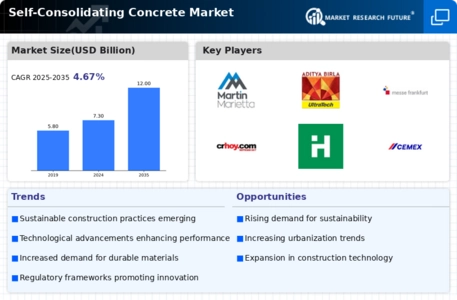

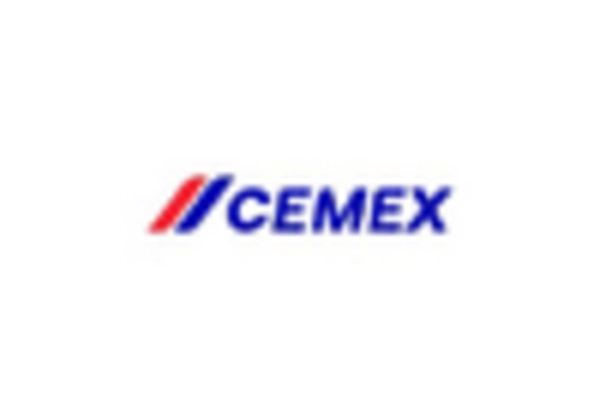
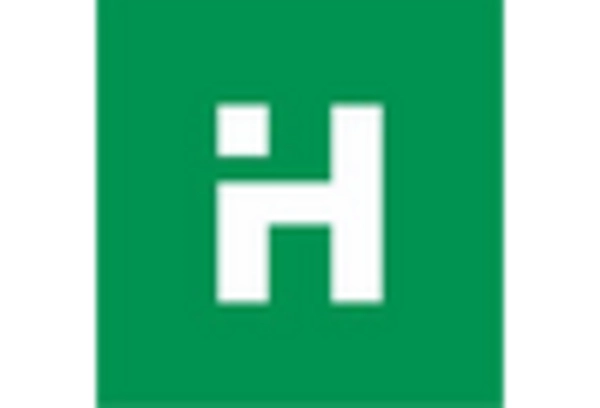
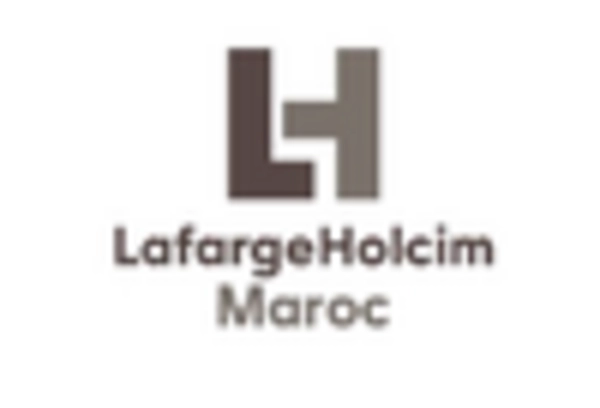
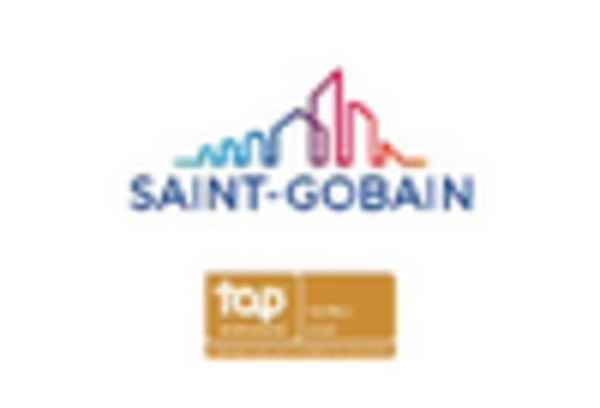










Leave a Comment